The whimsical charm of a fairy light tree can be seen gracing parks, gardens, and homes, casting a spell of enchantment on passersby. This unique form of decoration is a blend of creativity and technical know-how, employing the magic of lights in harmony with the natural splendor of trees. As we dive into the world of fairy light trees, we will unravel the secrets of various types of fairy lights available, their unique properties, and suitability for tree decoration. Remarkably, fairy light trees come alive not just from the lights, but also the choice of tree is crucial. We will venture into understanding the structural strength and varieties of trees that make for the perfect light show. Additionally, the art of installing these tiny luminous jewels on trees is not without method, and precautions are a must for ensuring the safety and durability of your light spectacle.
Understanding Fairy Lights
Understanding Fairy Lights
There are various types of fairy lights available on the market, each with distinctive properties that make them more suitable for different uses. Fairy lights, otherwise known as string lights or twinkle lights, typically come as a string of small lightbulbs connected by an electric wire. Some fairy lights are battery-operated while others need to plug into an outlet. Moreover, fairy lights are available in a wide range of colors, from the classic warm white to multicolored options.
Properties of Fairy Lights
It’s essential to understand the several properties that make certain fairy lights suitable for a fairy light tree. The first property to look at is the power source. Battery-operated fairy lights are typically more flexible for outdoor use since they don’t require a power socket. On the other hand, if you’re creating an indoor fairy light tree, plug-in fairy lights can be more convenient as you won’t need to worry about changing batteries.
The second property is the waterproof feature. If you’re planning on putting your fairy light tree outdoors, ensure the lights are waterproof or at least water-resistant to withstand weather conditions. However, this factor may not be necessary for indoor usage.
The third property is the brightness level. Some fairy lights come with adjustable brightness levels, which can be beneficial to create different moods or effects. Moreover, some fairy lights also have blinking or flickering options for a more festive touch.
Exploring Sizes, Colors, and Controls
Fairy lights come in various sizes, colors, and controls. Smaller lights might create a more delicate and subtle effect, while larger ones will stand out more and provide more illumination. Colors can also significantly impact the overall feel of your fairy light tree. For instance, warm white or yellow lights often give off a cozy, welcoming vibe, while blue or green lights might be more magical and mystical. Multi-colored lights can be ideal for a more playful and lively tree.
Controls are also a crucial element to consider while exploring fairy lights. Some fairy lights come with a remote control that allows you to switch the lights on and off, change colors, or alternate between different light modes from a distance. Others might have these controls attached to the light string or need to be manually plugged in and out to switch on and off.
By gaining understanding about different types of fairy lights, their properties, and what makes them suitable for a fairy light tree, you are better equipped to create a magical and eye-catching display that suits your specific needs and style.
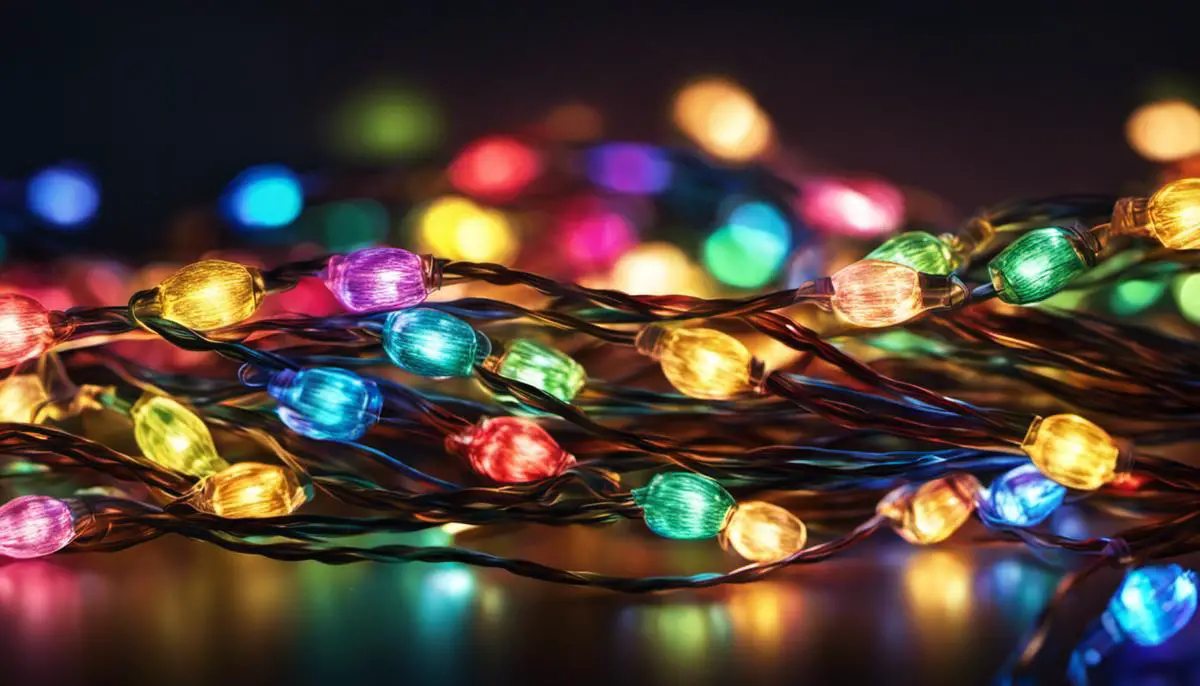
Choosing the Perfect Tree
Choosing the Right Tree for Fairy Lights
The first step in creating a fairy light tree is selecting a suitable tree. Not all trees are ideal for this purpose as the structure, size, and strength of the tree can greatly impact the overall effect. Deciduous trees, with their expansive and detailed branch systems, often make for stunning fairy light trees. Oaks, maples, and birches are all ideal choices. Evergreen trees, like pine or spruce, can also produce a beautiful effect, especially during winter months when their needles are the only greenery visible.
Considerations in Tree Selection
When selecting a tree, consider the size and height as these will affect the amount of lights required. Smaller trees are easier to decorate and require fewer lights. Larger trees, meanwhile, offer more space for decoration, but require more lights and effort to fully cover. The strength and structure of the tree is also important. Your chosen tree should have strong branches that can withstand the weight of the lights. A tree with intricate branch patterns often yields the most enchanting results.
Protecting the Tree and its Natural Life
It’s important to ensure the wellbeing of the tree while decorating it. Avoid causing damage by using string or plastic clips to attach the lights, rather than staples or nails which can harm the bark and disrupt the tree’s ability to transport nutrients. Make sure not to wrap the lights too tightly around branches as this can restrict growth. When placing lights, take into account any nesting sites and avoid these areas to minimize disturbance to the tree’s natural inhabitants. If possible, use LED lights which emit less heat and are less likely to cause damage to the tree.
Checking Tree Health Before Decoration
Before starting the decoration process, check the health of the tree. Avoid trees with signs of disease or damage, as adding extra weight with lights may cause branches to break. Signs of a healthy tree include robust, vibrant leaves or needles, firm bark, and absence of fungus or pests. Always remember that the goal is to highlight the tree’s natural beauty without causing harm. By carefully selecting the right tree and considering its health and wellbeing, your fairy light tree will not only be beautiful, but also environmentally friendly.
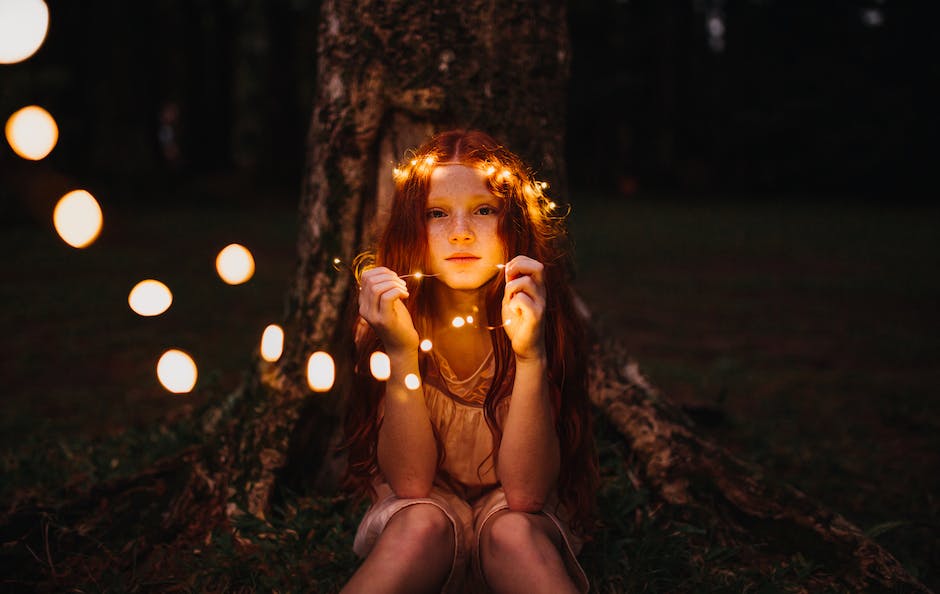
Installation Techniques
Understanding Fairy Light Design Patterns
When choosing a design pattern for your fairy light tree, there are several popular options you can consider:
- The Zig Zag: This pattern involves running the lights in an up and down motion across the tree. This is a more organic, random approach which can create a fun, festive look.
- The Wrapped Spiral: This design has you wrap the lights in a spiral pattern from the base to the top. This gives a simple, clean look especially suitable for a modern home.
- The Random Scatter: As the name implies, you scatter the lights without a specific pattern, making it seem natural and whimsical.
- The Vertical Columns: Here, you hang the lights in vertical ‘strands’ from the top to the bottom of the tree, creating columns of light.
Securing Fairy Lights On A Tree
No matter which pattern you choose, securing the lights is integral to your design. The most common method of securing lights is by tightly wrapping them around the branches of the tree. This creates a secure hold and helps distribute the weight of the lights evenly across the tree.
You can also use zip ties or green floral wire to secure the lights, especially if your tree has thin or weak branches. Ensure you choose ties or wires that are the same or similar color to your tree to keep them hidden.
Starting from the Base to the Top
To start, place the end of the light strand without the plug at the top of the tree. This makes it easier to connect the lights to an extension cord at the bottom of the tree. Make sure to test your lights before you start to make sure they all work.
Once you’ve secured the first light at the top of the tree, slowly work your way down. Whether you’re spiraling, weaving, or going vertically, ensure that each light or light cluster is firmly attached to a branch.
Ensuring the Lights Stay in Place
To make sure your lights stay in place, always secure them tightly. If you’re wrapping the lights around the branches, make sure to wrap them at least twice. If you’re using ties or wires, make sure they’re tightly fastened.
Remember, the goal is to balance the lights in a way that’s firm enough to keep them in place, but not so tight that it damages the tree or the lights.
As you work, step back occasionally to view the tree from a distance. This will help you see if your lights are balanced and if there are any gaps that need more lights.
By understanding different design patterns, learning how to secure your lights, starting from the base and going all the way to the top, and ensuring your lights stay in place, you will be able to create a beautiful fairy light tree that’s sure to catch everyone’s eye.
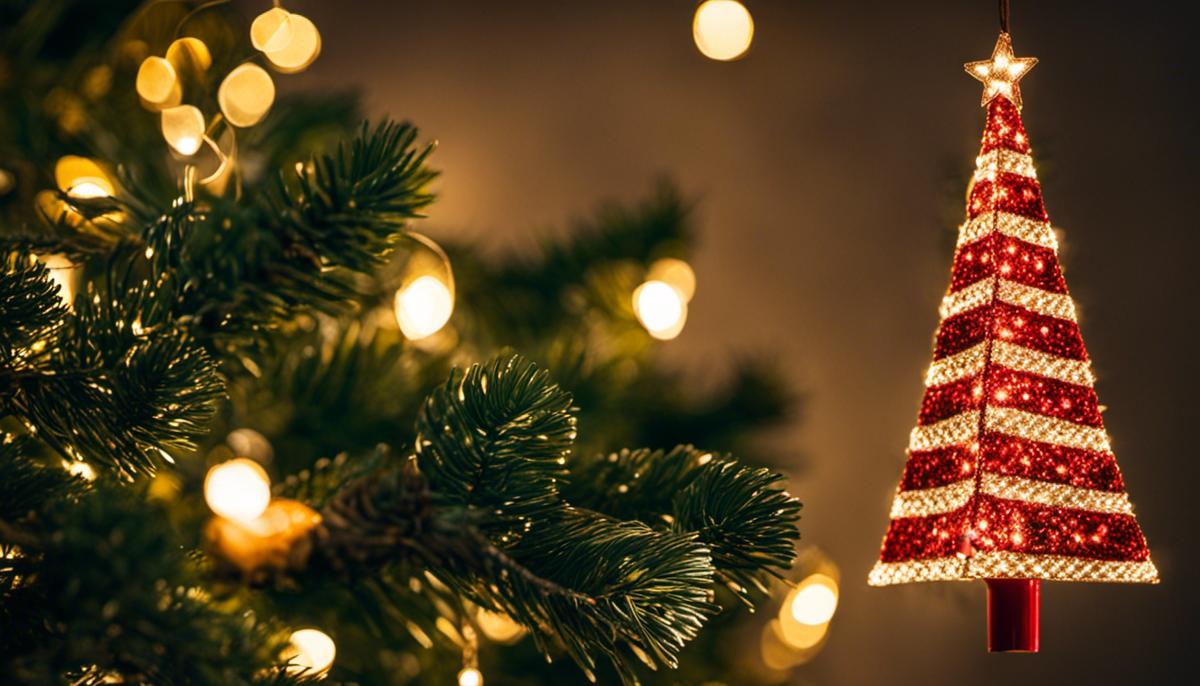
Safety Precautions
Getting The Right Equipment
When making a fairy light tree, you must ensure that you get the right kind of fairy lights. Choose lights that are rated for outdoor use. They should be water-resistant and durable. LED lights are preferred as they are energy-efficient, safer, and last longer than traditional bulbs.
Safety Precautions During Installation
While installing, always ensure the lights are unplugged. Avoid handling the lights with wet hands or when standing on wet ground. Use non-metal ladders when installing lights to avoid possible electrocution and always have a buddy to hold the ladder steady for you. Never use nails, tacks, or staples that may damage the lights’ wiring. Use light clips to safely secure your lights instead.
Arranging the Lights
Start from the top of the tree and work your way downwards. Distribute the lights evenly, make sure each branch has an equal amount of lights. Avoid overloading electrical circuits by connecting too many light strands together. Usually, it’s safe to connect at least three light strands. However, always check the manufacturer’s instructions to ensure maximum safety.
Checking Weather Resistance
Ensure your fairy light tree is weatherproof. Opt for lights labeled as waterproof. These are more resilient and long-lasting in different weather conditions. Ensure connections aren’t resting on the ground where water can get in easily. Use electrical tape, heat shrink tubes, or a weather-resistant outdoor extension cord to keep connections dry.
Power Consumption and Efficiency
To save energy and reduce fire risk, use a Christmas light timer or smart plug. This can also add more magic to your display by setting exact times for your tree to light up and turn off.
Electrical Safety
One of the most important safety tips is to ensure a proper power source. Use a ground fault circuit interrupter (GFCI) outlet to plug your lights into. This will automatically shut off the power if there is a ground fault, minimizing the risk of electrical shocks and fire hazards.
Maintenance and Care
Fairy light trees necessitate periodic maintenance. Regularly inspect for broken bulbs, frays, and exposed wires. Immediately replace any damaged light strings to prevent electrical hazards.
By adhering to these precautions, your fairy light tree can thrive and stay safe and durable for an extended period, making your holiday season joyful and memorable.
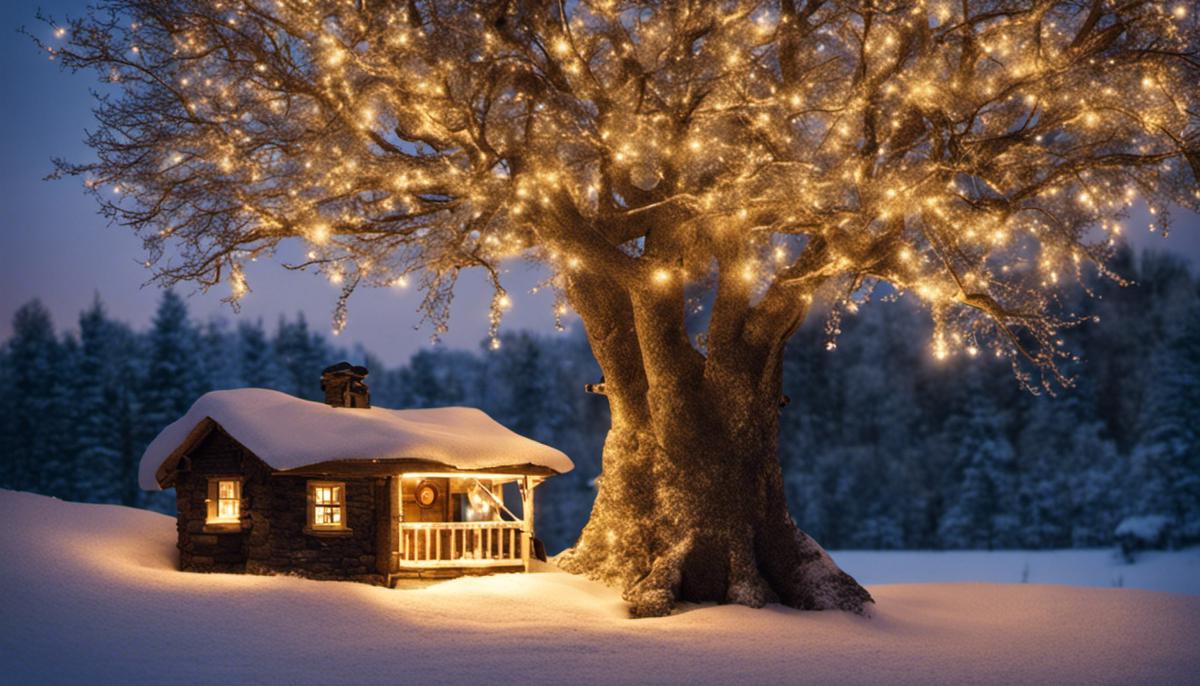
Ensuring that your fairy light tree dazzles safely is of paramount importance. While the end result is undeniably magical, it’s the process and precautions taken that fuel the durability and safety of these glowing wonders. Knowledge about weather-proofing your enchanting creation and adhering to recommended electrical safety measures assures that the charm continues to sparkle, irrespective of the weather. Mastering the art of creating a fairy light tree is just the beginning of the mesmerizing journey. Seeing your very own illuminated creation coming alive as the sun dips below the horizon is an unforgettable sight, a testament to your creativity, patience, and newfound knowledge of fairy lights and their ethereal charm.

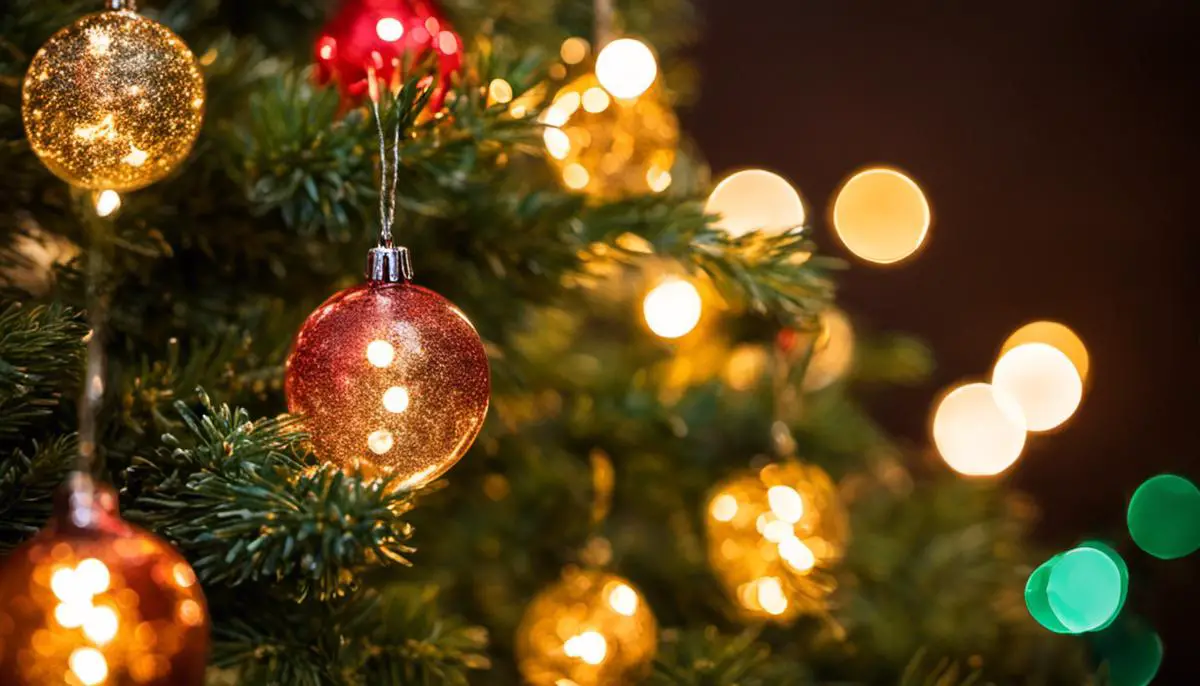
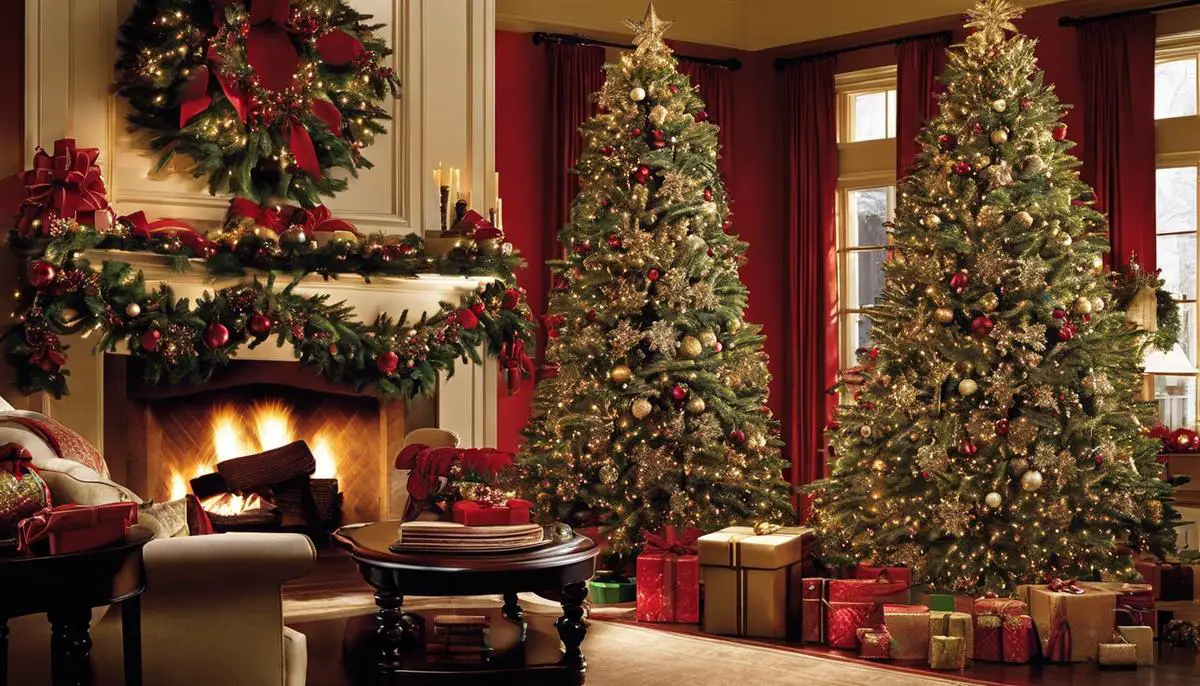
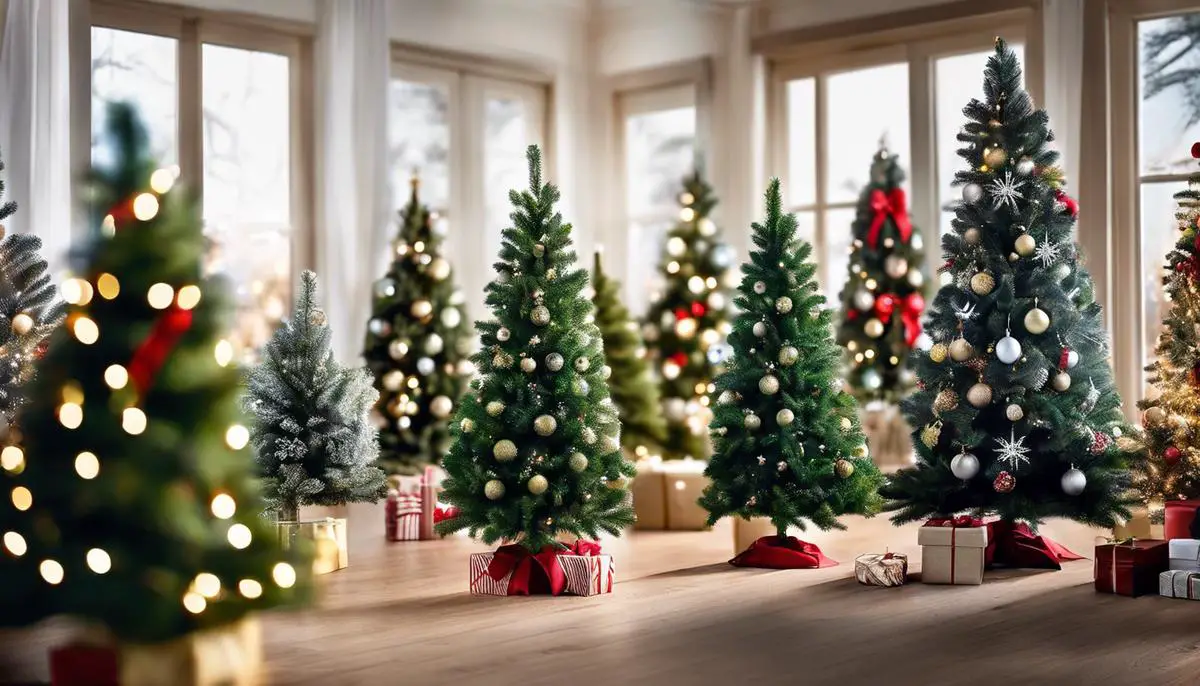
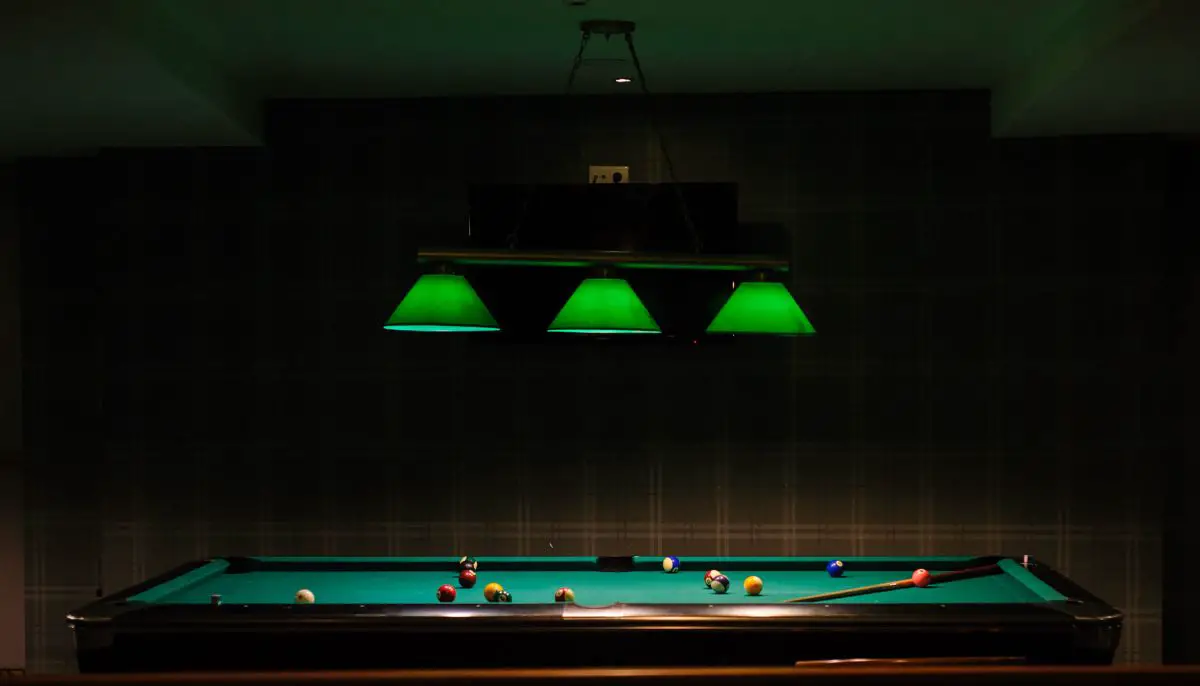
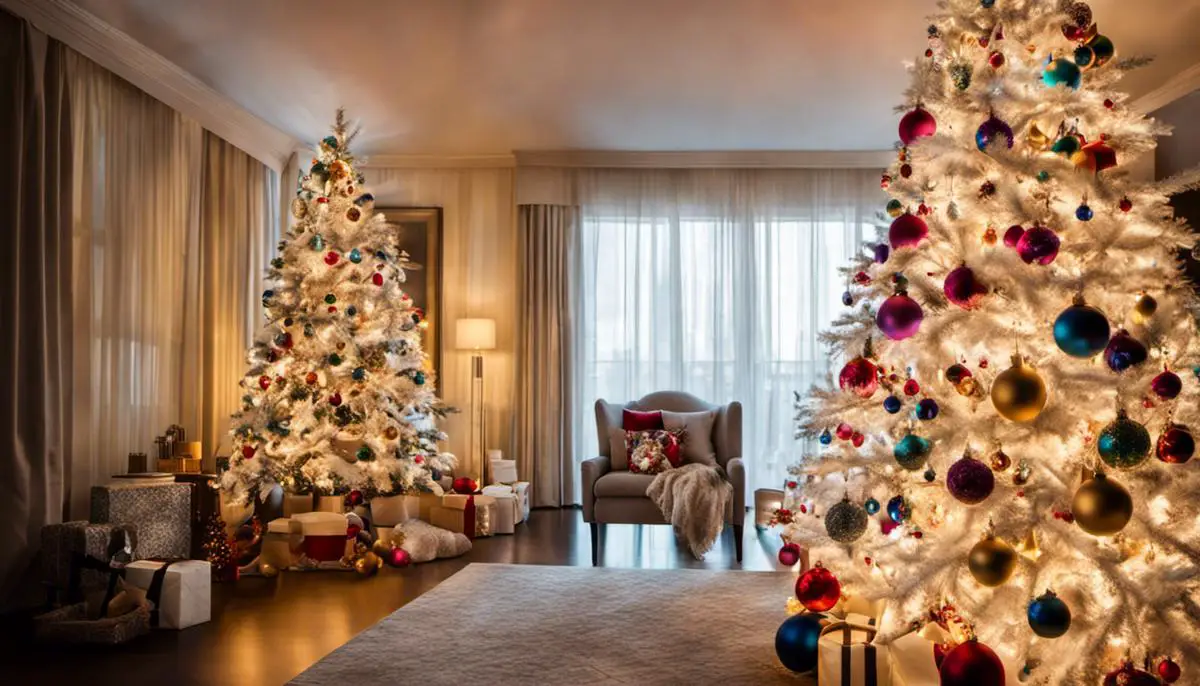
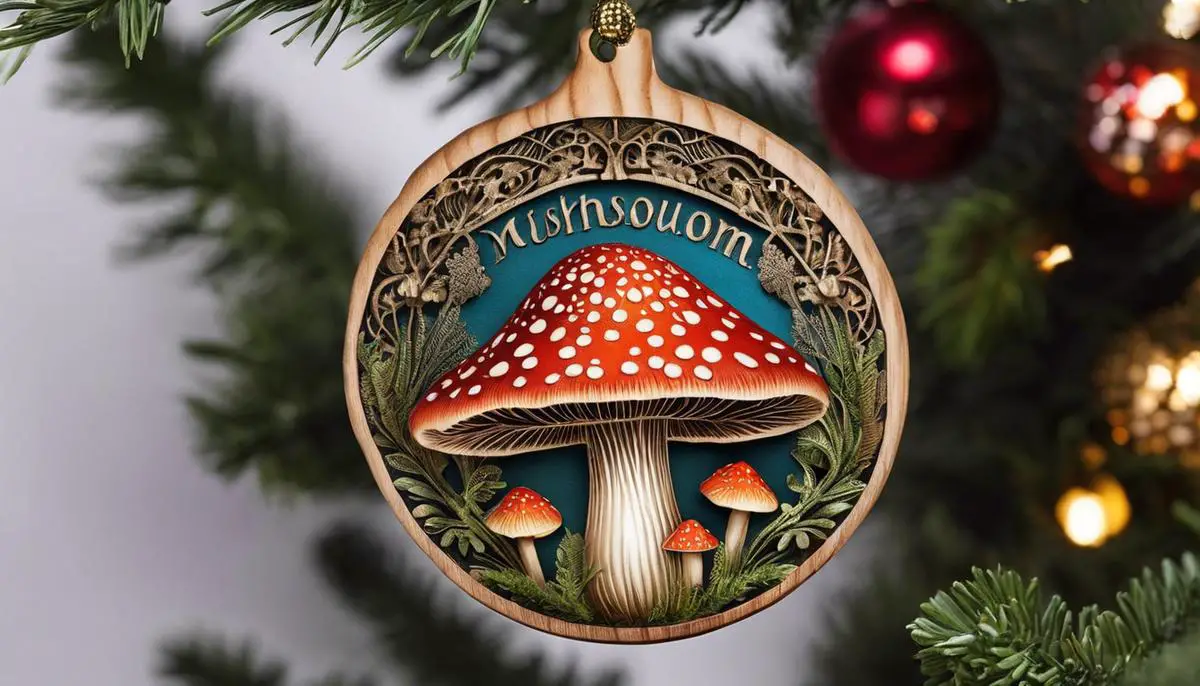


Leave a Reply